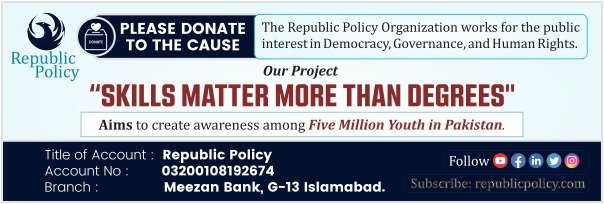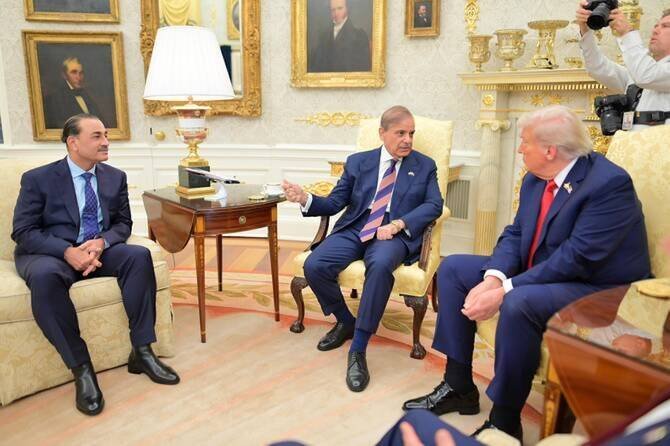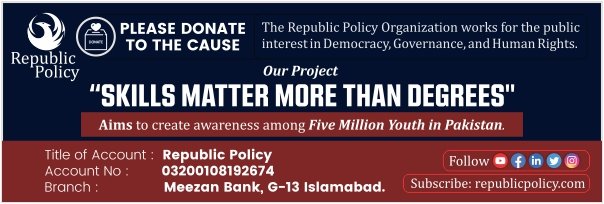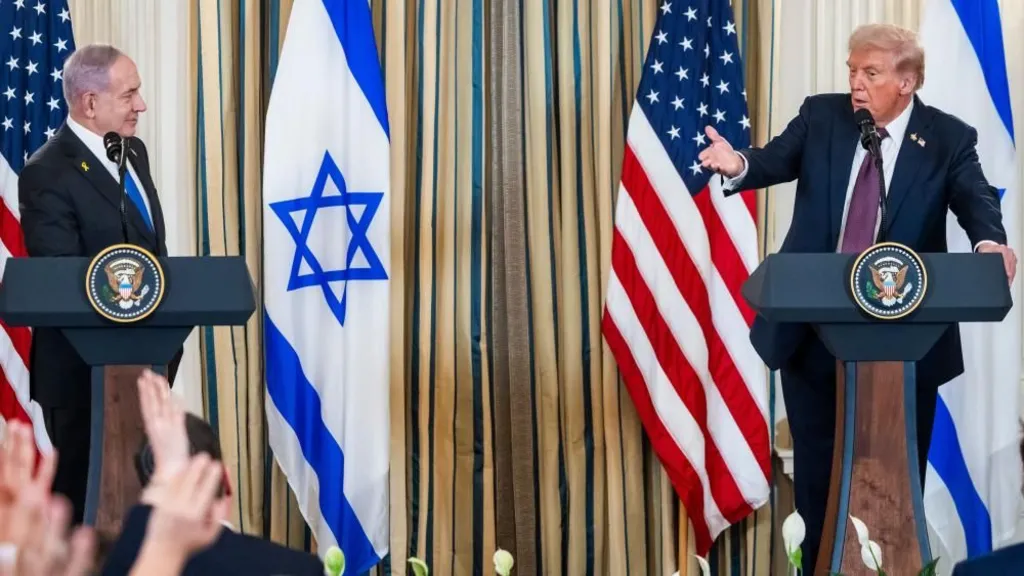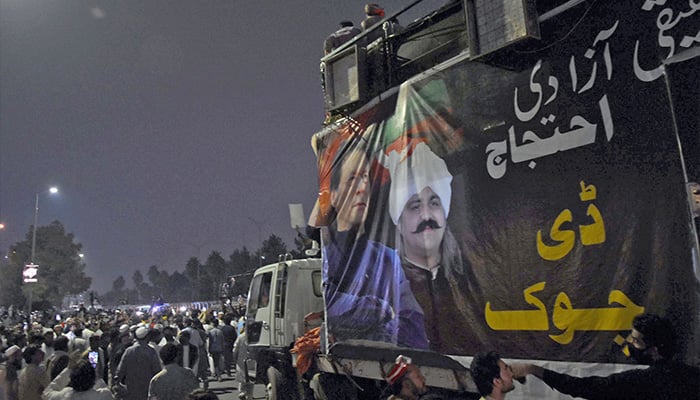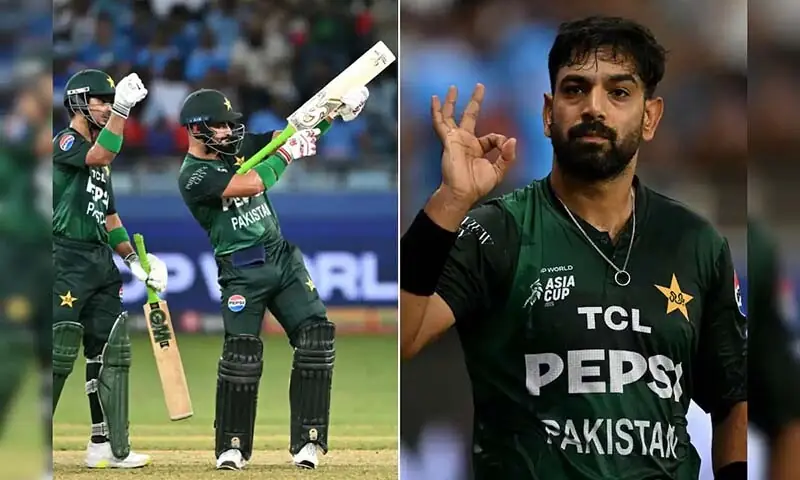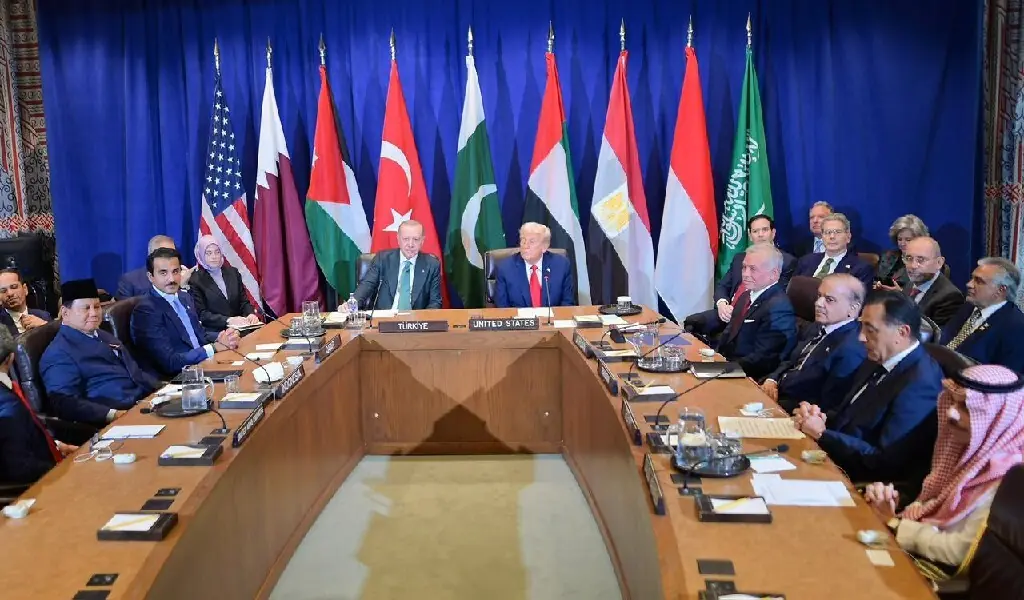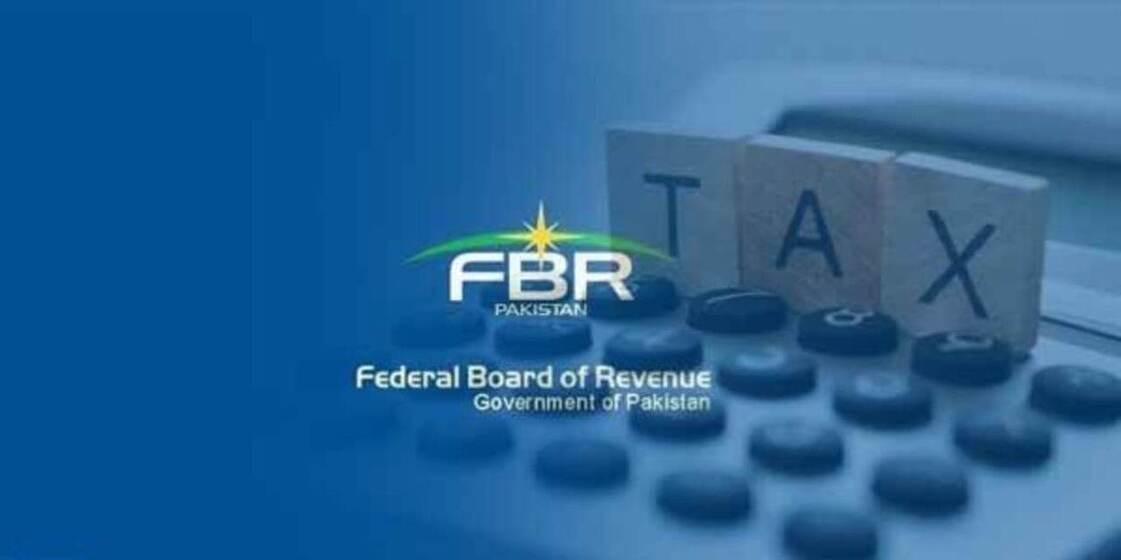Editorial
Prime Minister Shehbaz Sharif’s meeting with US President Donald Trump in Washington marked more than a ceremonial engagement; it reflected Pakistan’s attempt to reposition itself in the shifting geopolitical order. Accompanied by Field Marshal Syed Asim Munir, the prime minister struck a conciliatory note, praising Trump as a “man of peace” and highlighting his role in facilitating a ceasefire between Pakistan and India. For Islamabad, the optics of joint civilian–military representation before the US president underscored a more coordinated approach to foreign policy.
Sharif’s words were carefully chosen, signaling both gratitude and strategic alignment. His praise for Trump’s initiatives on Gaza and the Middle East was designed to position Pakistan as a partner in global peace efforts while also appealing to Muslim constituencies at home. By acknowledging Washington’s counter-terrorism support and urging deeper intelligence cooperation, Sharif emphasized continuity in security ties, a cornerstone of the relationship despite its turbulence over the years.
Beyond security, Sharif placed economic cooperation at the center. The recently concluded tariff arrangement was highlighted as a step toward stability, while invitations to American investors in agriculture, IT, energy, and minerals were pitched as a bridge for durable engagement. By extending an invitation to Trump to visit Pakistan, the prime minister added a symbolic gesture of trust and recognition.
Yet, optimism must be tempered with realism. Pakistan’s economic fragility, strained regional relations, and dependence on external support mean that symbolism must translate into tangible policy outcomes. For Trump, facing strained ties with India, Pakistan presents an alternate pivot in South Asia. The challenge for Islamabad is to ensure that such high-level interactions do not remain episodic photo-ops but evolve into sustained policy frameworks.


